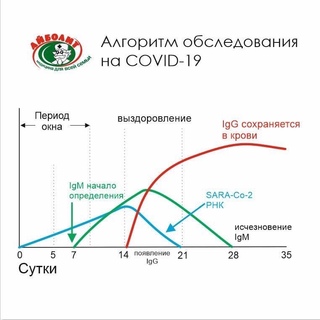Igg protein in blood. Immunoglobulin Blood Test: Understanding IgA, IgG, and IgM Levels
What is an immunoglobulin blood test. How are immunoglobulin tests performed. Why do doctors order immunoglobulin tests. What do immunoglobulin test results indicate. How to prepare for an immunoglobulin blood test.
What Are Immunoglobulins and Their Role in the Immune System?
Immunoglobulins, also known as antibodies, are proteins produced by the immune system to protect the body against harmful invaders such as bacteria, viruses, and allergens. These specialized molecules play a crucial role in our body’s defense mechanisms, helping to identify and neutralize potential threats.
There are five main types of immunoglobulins:
- Immunoglobulin A (IgA)
- Immunoglobulin G (IgG)
- Immunoglobulin M (IgM)
- Immunoglobulin E (IgE)
- Immunoglobulin D (IgD)
Each type of immunoglobulin has specific functions and is found in different concentrations throughout the body. Understanding these antibodies and their levels in the blood can provide valuable insights into a person’s immune system function and overall health.

The Importance of Immunoglobulin Blood Tests in Medical Diagnosis
Immunoglobulin blood tests are valuable diagnostic tools that help healthcare professionals assess the functioning of a patient’s immune system. These tests measure the levels of different antibodies in the blood, providing crucial information about the body’s ability to fight infections and identify potential health issues.
Are immunoglobulin tests only used to detect infections? No, these tests have a wide range of applications. While they can indeed help diagnose current infections or determine immunity to certain diseases, immunoglobulin tests are also used to:
- Evaluate the effectiveness of vaccinations
- Diagnose autoimmune disorders
- Assess allergic responses
- Monitor immunodeficiency conditions
- Guide treatment decisions for various health conditions
By providing a comprehensive picture of the immune system’s status, immunoglobulin tests enable healthcare providers to make informed decisions about patient care and treatment strategies.

Understanding the Different Types of Immunoglobulins
Immunoglobulin A (IgA)
IgA is primarily found in the linings of the respiratory and digestive tracts, as well as in bodily fluids such as saliva, tears, and breast milk. This antibody serves as the first line of defense against pathogens that attempt to enter the body through these areas.
What makes IgA unique among immunoglobulins? Its presence in mucosal surfaces allows it to neutralize pathogens before they can cause infection, making it a crucial component of the body’s initial immune response.
Immunoglobulin G (IgG)
IgG is the most abundant antibody in the blood and other body fluids. It plays a vital role in protecting against bacterial and viral infections. IgG is particularly important because it can cross the placenta, providing immunity to the developing fetus during pregnancy.
How long does it take for IgG to form after an infection or immunization? IgG production can take time, typically several weeks to months. This is why IgG levels are often used to assess long-term immunity to certain diseases or the effectiveness of vaccinations.

Immunoglobulin M (IgM)
IgM is the first antibody produced by the body in response to a new infection. It is primarily found in blood and lymph fluid. IgM’s large size allows it to effectively agglutinate (clump together) pathogens, making them easier for the immune system to eliminate.
Why is IgM important in diagnosing recent infections? Elevated IgM levels often indicate an active or recent infection, as these antibodies are produced rapidly in response to new threats. This makes IgM testing particularly useful in identifying acute infections.
The Process of Immunoglobulin Blood Testing
Immunoglobulin blood tests are relatively simple procedures that involve collecting a small sample of blood for analysis. The process typically follows these steps:
- A healthcare professional cleans the skin at the collection site, usually the inside of the elbow or back of the hand.
- An elastic band is placed above the area to make the veins more visible and easier to access.
- A needle is inserted into a vein to draw the blood sample.
- The blood is collected in a vial or syringe.
- The elastic band and needle are removed, and the puncture site is covered with a bandage.
In some cases, particularly for children or when only small amounts of blood are needed, a fingerstick or heel stick method may be used instead of a traditional venous blood draw.

How long does an immunoglobulin blood test take? The actual blood collection process is usually quite quick, often taking just a few minutes. However, the entire procedure, including preparation and aftercare, may take 10-15 minutes.
Preparing for an Immunoglobulin Blood Test
Preparing for an immunoglobulin blood test is generally straightforward. In most cases, no special preparations are required. However, there are a few things to keep in mind:
- Fasting is typically not necessary unless other tests requiring fasting are being performed simultaneously.
- Inform your healthcare provider about any medications you are currently taking, as some drugs may affect test results.
- Wear comfortable clothing with loose-fitting sleeves to allow easy access to your arm for the blood draw.
- If the test is for a child, consider bringing a favorite toy or book to help them stay calm and distracted during the procedure.
Should you stop taking medications before an immunoglobulin test? It’s important not to discontinue any prescribed medications without first consulting your healthcare provider. They will advise you if any adjustments to your medication regimen are necessary before the test.

Interpreting Immunoglobulin Test Results
Interpreting immunoglobulin test results requires medical expertise, as the significance of the findings can vary depending on individual circumstances. Generally, results are compared to reference ranges established for each type of immunoglobulin.
What do abnormal immunoglobulin levels indicate? Elevated or decreased levels of specific immunoglobulins can suggest various conditions:
- High IgA levels may indicate liver disease, chronic infections, or certain autoimmune disorders.
- Low IgA levels could suggest an immune deficiency or protein-losing conditions.
- Elevated IgG levels might indicate chronic infections, autoimmune diseases, or certain types of cancer.
- Low IgG levels may point to immune deficiencies or conditions that affect antibody production.
- High IgM levels often suggest recent infections or certain blood cancers.
- Low IgM levels could indicate certain genetic immune disorders.
It’s crucial to remember that immunoglobulin test results should always be interpreted in conjunction with other clinical findings and the patient’s overall health status.

Potential Risks and Complications of Immunoglobulin Blood Tests
Immunoglobulin blood tests are generally safe procedures with minimal risks. However, as with any medical procedure involving needles, there are some potential minor complications:
- Slight pain or discomfort at the needle insertion site
- Bruising or swelling around the puncture area
- Lightheadedness or fainting, especially in individuals who are anxious about blood draws
- In rare cases, infection at the needle insertion site
Are there any long-term risks associated with immunoglobulin blood tests? No, these tests do not pose any significant long-term risks. The amount of blood drawn is typically small and does not affect the body’s overall function. Any minor discomfort or bruising usually resolves within a few days.
For individuals who experience anxiety about blood draws, techniques such as deep breathing, distraction, or lying down during the procedure can help minimize the risk of fainting or dizziness.
Applications of Immunoglobulin Testing in Various Medical Conditions
Immunoglobulin testing has a wide range of applications in diagnosing and monitoring various medical conditions. Some key areas where these tests prove particularly useful include:
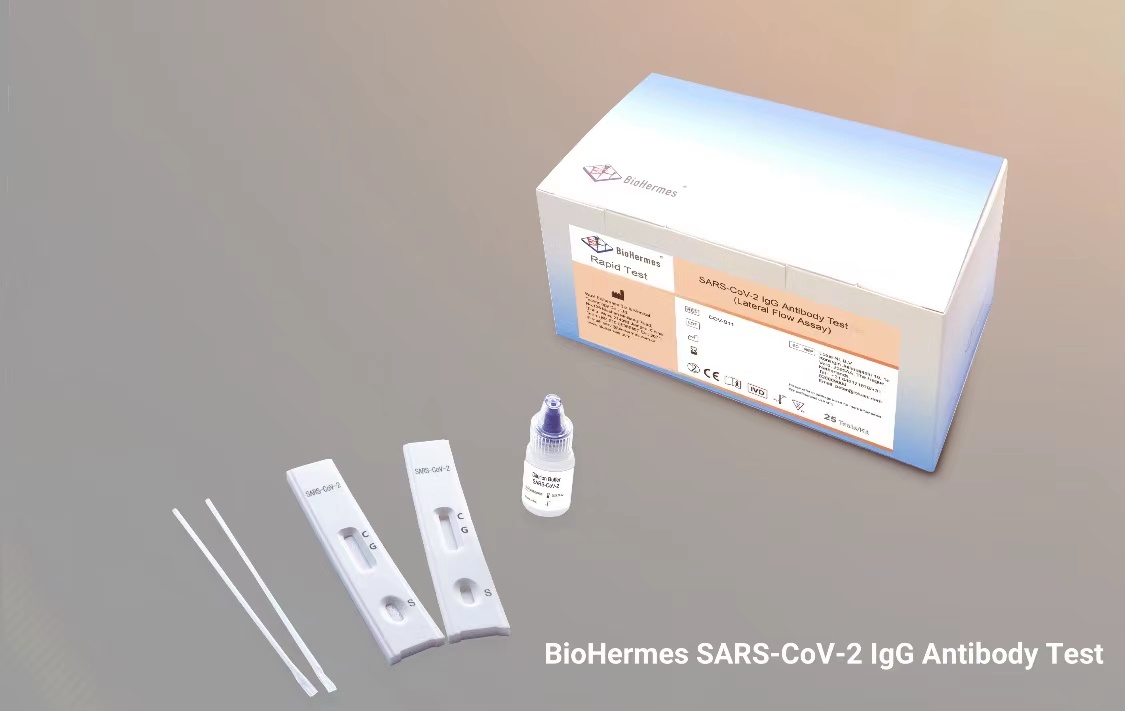
Autoimmune Disorders
In autoimmune conditions, the body mistakenly produces antibodies against its own tissues. Immunoglobulin tests can help identify and monitor these autoantibodies, aiding in the diagnosis and management of diseases such as:
- Lupus
- Rheumatoid arthritis
- Celiac disease
- Multiple sclerosis
Immunodeficiency Disorders
Low levels of certain immunoglobulins can indicate primary or secondary immunodeficiencies. These tests are crucial in diagnosing conditions like:
- Common Variable Immunodeficiency (CVID)
- X-linked agammaglobulinemia
- Selective IgA deficiency
Allergic Conditions
Measuring specific IgE levels can help identify allergens triggering allergic responses, assisting in the management of conditions such as:
- Asthma
- Hay fever
- Food allergies
Infections
Immunoglobulin tests can help diagnose current infections and assess immunity to past infections. They are particularly useful in evaluating:
- Hepatitis
- HIV
- Mononucleosis
- Measles
How do immunoglobulin tests aid in monitoring disease progression? By tracking changes in immunoglobulin levels over time, healthcare providers can assess the effectiveness of treatments, monitor disease activity, and adjust management strategies accordingly.
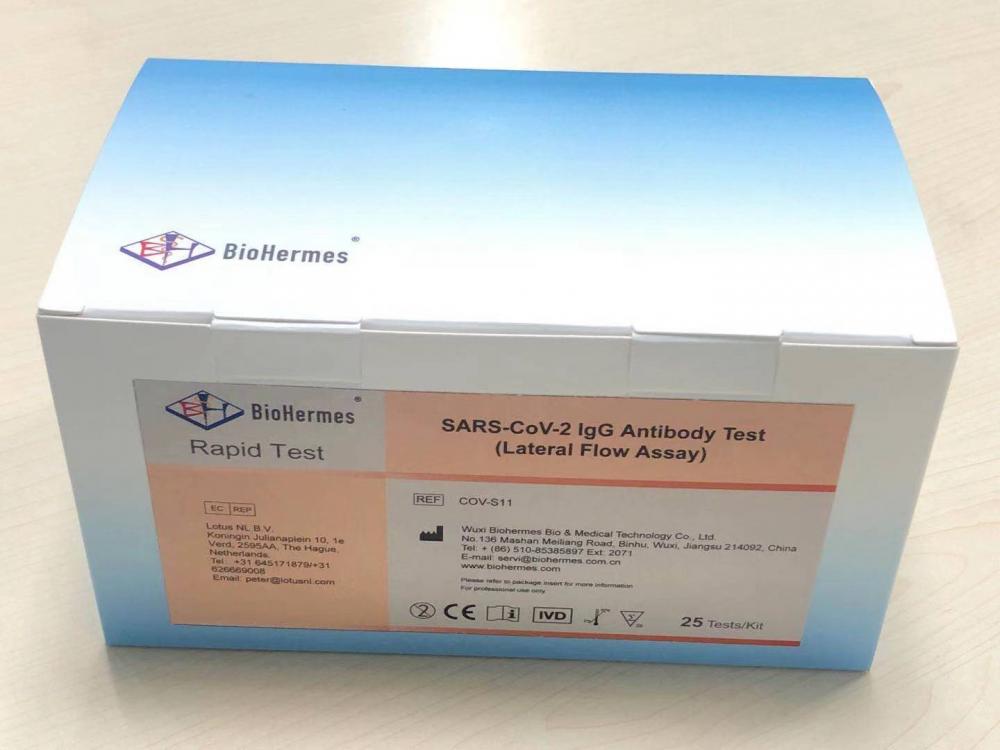
Advances in Immunoglobulin Testing and Future Perspectives
The field of immunoglobulin testing continues to evolve, with ongoing research and technological advancements leading to more precise and informative tests. Some notable developments include:
Multiplex Assays
These advanced tests allow for the simultaneous measurement of multiple immunoglobulins or autoantibodies in a single sample, providing a more comprehensive view of the immune system’s status.
Point-of-Care Testing
Rapid immunoglobulin tests that can be performed at the bedside or in outpatient settings are being developed, potentially allowing for quicker diagnosis and treatment decisions.
Personalized Medicine
Researchers are exploring how individual variations in immunoglobulin profiles can inform personalized treatment approaches for various conditions, particularly in the fields of oncology and autoimmune disorders.
Artificial Intelligence Integration
Machine learning algorithms are being developed to analyze complex immunoglobulin data, potentially improving diagnostic accuracy and predicting disease outcomes.
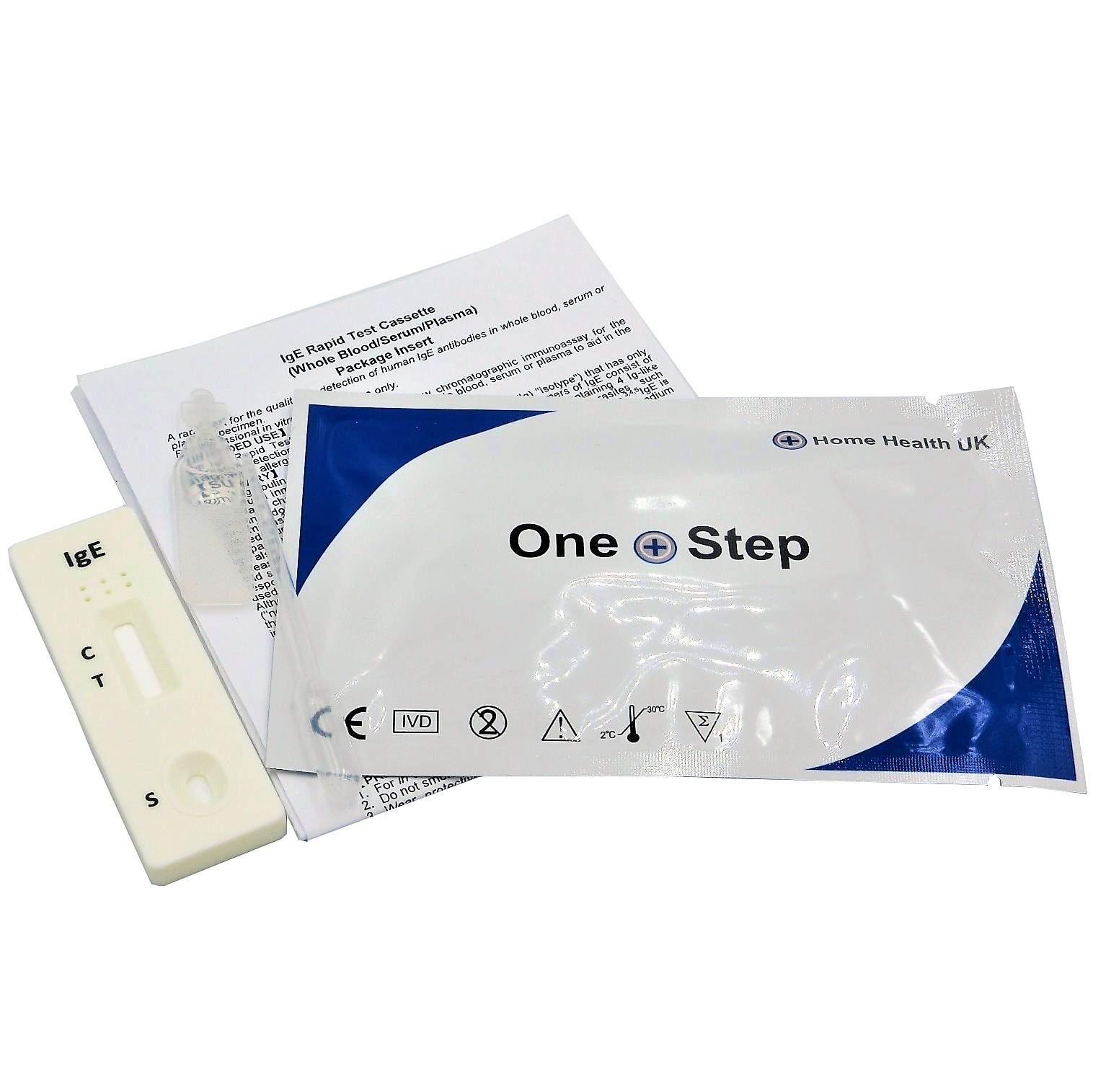
What potential impact could these advancements have on patient care? These innovations could lead to earlier disease detection, more targeted treatments, and improved monitoring of treatment efficacy, ultimately resulting in better patient outcomes and quality of life.
As research in this field progresses, it’s likely that immunoglobulin testing will play an increasingly important role in preventive medicine, allowing for the early identification of individuals at risk for certain diseases before symptoms appear.
Frequently Asked Questions About Immunoglobulin Blood Tests
How often should immunoglobulin levels be checked?
The frequency of immunoglobulin testing depends on the individual’s health status and the reason for testing. For healthy individuals, routine testing is generally not necessary. However, for those with known immune system disorders or chronic conditions, regular monitoring may be recommended. The specific schedule should be determined by a healthcare provider based on the patient’s needs.
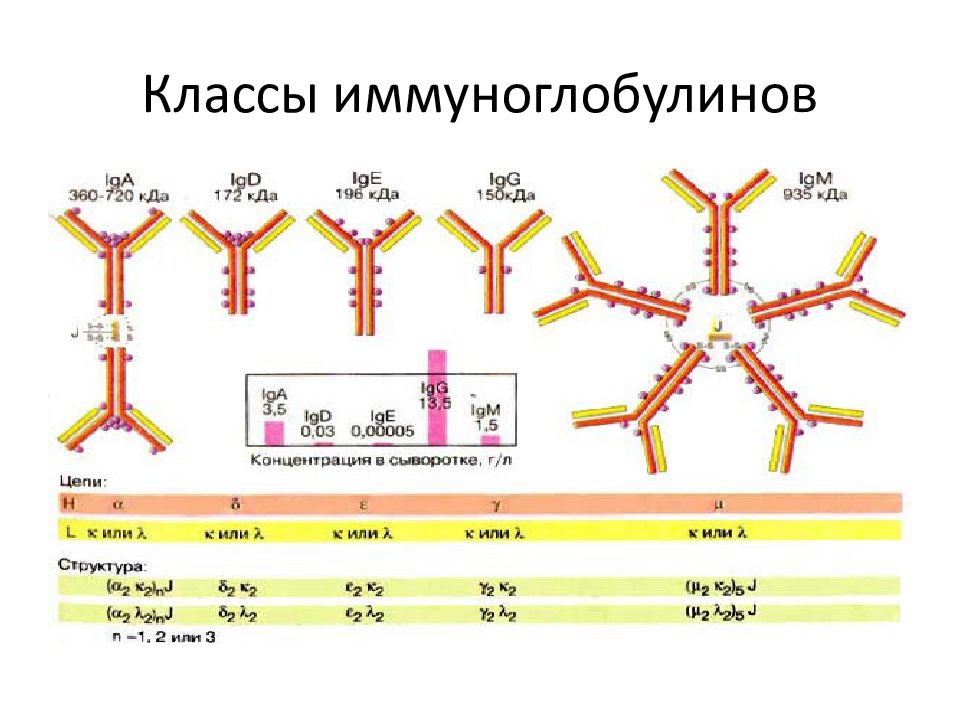
Can immunoglobulin levels change over time?
Yes, immunoglobulin levels can fluctuate over time due to various factors, including:
- Age
- Recent infections
- Vaccinations
- Medications
- Stress
- Changes in overall health status
This is why repeated testing may be necessary to establish a clear picture of an individual’s immune system function.
Are there any dietary factors that can affect immunoglobulin levels?
While diet does not directly impact immunoglobulin levels in the short term, overall nutrition plays a crucial role in maintaining a healthy immune system. A balanced diet rich in vitamins, minerals, and antioxidants can support optimal immune function. However, specific dietary changes are not typically recommended before immunoglobulin testing.
Can exercise influence immunoglobulin test results?
Moderate, regular exercise generally supports a healthy immune system and may have a positive impact on overall immunoglobulin levels. However, intense or prolonged exercise can temporarily affect immune function. It’s advisable to avoid strenuous exercise immediately before an immunoglobulin test to ensure the most accurate results.

Are immunoglobulin tests covered by insurance?
Coverage for immunoglobulin tests varies depending on the insurance provider and the reason for testing. Many insurance plans cover these tests when they are deemed medically necessary. It’s best to check with your insurance provider regarding specific coverage details and any potential out-of-pocket costs.
Can immunoglobulin tests be performed at home?
While most immunoglobulin tests are performed in clinical settings, some at-home test kits are becoming available for specific immunoglobulins or antibodies. However, these home tests may not provide the same level of accuracy or comprehensive information as laboratory-based tests. It’s important to consult with a healthcare provider before using any at-home testing options.
How do immunoglobulin tests differ from other blood tests?
Immunoglobulin tests specifically measure antibody levels in the blood, focusing on the immune system’s function. They differ from other common blood tests in several ways:
- They provide information about the body’s ability to fight infections and its overall immune status.
- They can help diagnose both deficiencies and overactivity of the immune system.
- They are often used to monitor chronic conditions and the effectiveness of immunotherapies.
Unlike general blood panels that assess overall health or organ function, immunoglobulin tests offer targeted insights into the immune system’s capabilities and potential abnormalities.
By understanding these aspects of immunoglobulin blood tests, patients can be better prepared for the testing process and have more informed discussions with their healthcare providers about their immune system health and any potential concerns.
Blood Test: Immunoglobulins (IgA, IgG, IgM) (for Parents)
en español: Análisis de sangre: Inmunoglobulinas (IgA, IgG, IgM)
Medically reviewed by: Larissa Hirsch, MD
What Is a Blood Test?
A blood test is when a blood sample is tested in a lab. Doctors order blood tests to check things such as the levels of glucose, hemoglobin, or white blood cells. This can help them find problems like a disease or medical condition. Sometimes, blood tests can help them see how well an organ (such as the liver or kidneys) is working.
What Is an Immunoglobulin Test?
An immunoglobulin (im-yeh-no-GLOB-yeh-len) test measures the level of types of antibodies in the blood. The immune system makes antibodies to protect the body from bacteria, viruses, and allergens.
The body makes different antibodies, or immunoglobulins, to fight different things. For example, the antibody for chickenpox isn’t the same as the antibody for mononucleosis. Sometimes, the body may even mistakenly make antibodies against itself, treating healthy organs and tissues like foreign invaders. This is called an autoimmune disease.
Sometimes, the body may even mistakenly make antibodies against itself, treating healthy organs and tissues like foreign invaders. This is called an autoimmune disease.
The types of antibodies are:
- Immunoglobulin A (IgA): It’s found in the linings of the respiratory tract and digestive system, as well as in saliva (spit), tears, and breast milk.
- Immunoglobulin G (IgG): This is the most common antibody. It’s in blood and other body fluids, and protects against bacterial and viral infections. IgG can take time to form after an infection or immunization.
- Immunoglobulin M (IgM): Found mainly in blood and lymph fluid, this is the first antibody the body makes when it fights a new infection.
- Immunoglobulin E (IgE): Normally found in small amounts in the blood. There may be higher amounts when the body overreacts to allergens or is fighting an infection from a parasite.

- Immunoglobulin D (IgD): This is the least understood antibody, with only small amounts in the blood.
Why Are Immunoglobulin Tests Done?
Doctors may check immunoglobulin levels to see if a person has an infection or is protected from getting an infection (is immune to it). Doctors also use immunoglobulin tests to help diagnose immunodeficiencies (when the immune system isn’t working as it should). Doctors may suspect an immunodeficiency in a child who gets a lot of infections or unusual infections.
The tests might be done as part of an evaluation for allergies or autoimmune conditions such as juvenile idiopathic arthritis, lupus, and celiac disease.
How Should We Prepare for an Immunoglobulin Test?
Kids can eat and drink normally unless also getting other tests that require fasting beforehand. Tell your doctor about any medicines your child takes because some drugs might affect the test results.
Wearing a T-shirt or short-sleeved shirt for the test can make things easier for your child, and you also can bring along a toy or book as a distraction.
How Is an Immunoglobulin Test Done?
Most blood tests take a small amount of blood from a vein. To do that, a health professional will:
- Clean the skin.
- Put an elastic band (tourniquet) above the area to get the veins to swell with blood.
- Insert a needle into a vein (usually in the arm inside of the elbow or on the back of the hand).
- Pull the blood sample into a vial or syringe.
- Take off the elastic band and remove the needle from the vein.
Sometimes immunoglobulin tests can be done with a “fingerstick” test. The health professional will clean your child’s finger, then prick the tip of it with a tiny needle (or lancet) to collect the blood.
In babies, blood draws are sometimes done as a “heel stick collection.” After cleaning the area, the health professional will prick your baby’s heel with a tiny needle (or lancet) to collect a small sample of blood.
Collecting a sample of blood is only temporarily uncomfortable and can feel like a quick pinprick.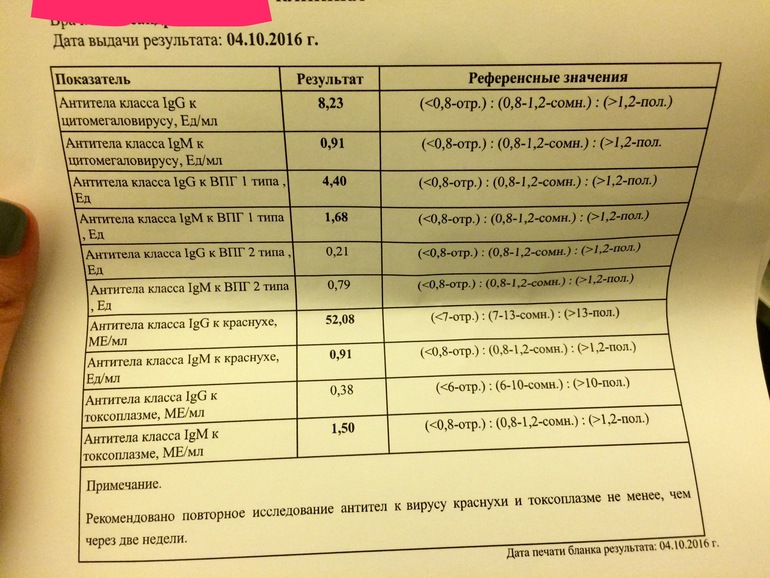
Can I Stay With My Child During an Immunoglobulin Test?
Parents usually can stay with their child during a blood test. Encourage your child to relax and stay still because tensing muscles can make it harder to draw blood. Your child might want to look away when the needle is inserted and the blood is collected. Help your child to relax by taking slow deep breaths or singing a favorite song.
How Long Does an Immunoglobulin Test Take?
Most blood tests take just a few minutes. Sometimes, it can be hard to find a vein, so the health professional may need to try more than once.
What Happens After an Immunoglobulin Test?
The health professional will remove the elastic band and the needle and cover the area with cotton or a bandage to stop the bleeding. Afterward, there may be some mild bruising, which should go away in a few days.
When Are Immunoglobulin Test Results Ready?
It may take a few days for the results to be available.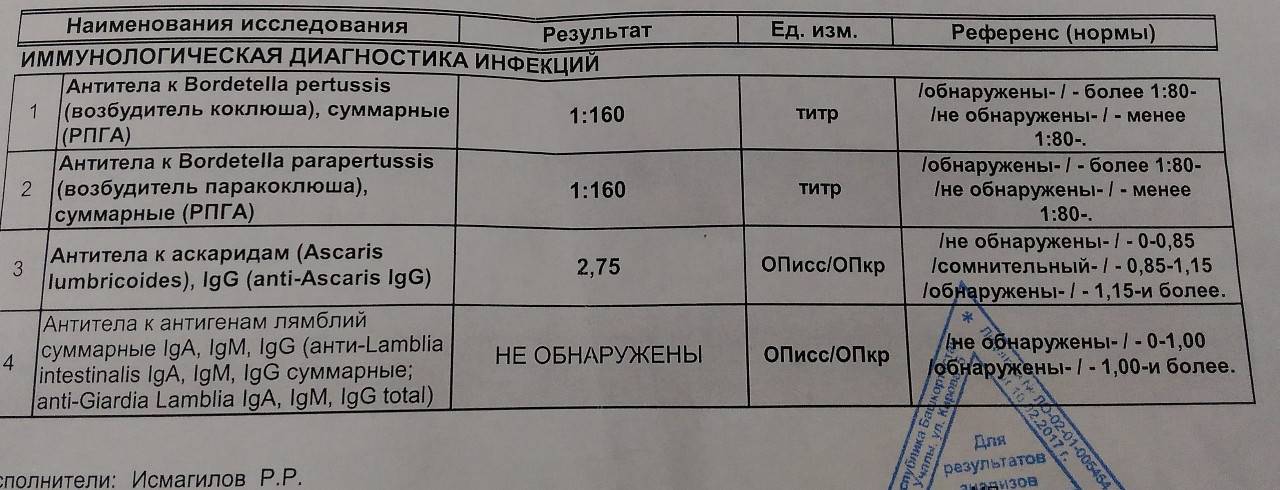 If the test results show signs of a problem, the doctor might order other tests to figure out what the problem is and how to treat it.
If the test results show signs of a problem, the doctor might order other tests to figure out what the problem is and how to treat it.
Are There Any Risks From Immunoglobulin Tests?
An immunoglobulin test is a safe procedure with minimal risks. Some kids might feel faint or lightheaded from the test. A few kids and teens have a strong fear of needles. If your child is anxious, talk with the doctor before the test about ways to make it easier.
A small bruise or mild soreness around the blood test site is common and can last for a few days. Get medical care for your child if the discomfort gets worse or lasts longer.
If you have questions about the immunoglobulin test, speak with your doctor or the health professional doing the blood draw.
Medically reviewed by: Larissa Hirsch, MD
Date reviewed: April 2020
Share:
/content/kidshealth/misc/medicalcodes/parents/articles/test-immunoglobulins
High vs Low vs Normal Levels of (Ig) Antibodies
Written by WebMD Editorial Contributors
- Types of Immunoglobulin
- Why You Might Need This Test
- How the Test is Done
- What Do My Results Mean?
This test checks the amount of certain antibodies called immunoglobulins in your body.
Antibodies are proteins that your immune cells make to fight off bacteria, viruses, and other harmful invaders. The immunoglobulin test can show whether there’s a problem with your immune system.
Some conditions cause your body to make too many or too few immunoglobulins.
Having too few immunoglobulins in your blood gives you a greater chance of getting infections. Having too many could mean you have allergies or an overactive immune system.
Your body makes a few different types of immunoglobulin antibodies, including these:
Immunoglobulin A: IgA antibodies are found in the mucous membranes of the lungs, sinuses, stomach, and intestines. They’re also in fluids these membranes produce, like saliva and tears, as well as in the blood.
Immunoglobulin G: IgG is the most common type of antibody in your blood and other body fluids. These antibodies protect you against infection by “remembering” which germs you’ve been exposed to before.
If those germs come back, your immune system knows to attack them. Your doctor can test for IgG to figure out whether you’ve been infected by certain kinds of bacteria or virus.
Immunoglobulin M: Your body makes IgM antibodies when you are first infected with new bacteria or other germs.
They are your body’s first line of defense against infections. When your body senses an invader, your IgM level will rise for a short time. It will then begin to drop as your IgG level kicks in and increases to protect you long-term.
Immunoglobulin E: Your body makes IgE antibodies when it overreacts to substances that aren’t harmful, such as pollen or pet dander. Your doctor will likely measure your IgE levels if you have a blood test to check for allergies.
Your doctor might order an immunoglobulin test if you get a lot of infections — especially infections of the sinuses, lungs, stomach, or intestines.
They may also order the test if you have:
- Diarrhea that doesn’t go away
- Unexplained weight loss
- Fevers that can’t be explained by another cause
- Skin rashes
- Allergies
- Sickness after traveling
- HIV/AIDS or multiple myeloma (a type of cancer), or another condition that needs to be monitored
Doctors often measure IgA, IgG, and IgM together to get a snapshot of your immune function. A lab tech will usually take a sample of your blood by inserting a needle into a vein in your arm. The blood collects into a tube or vial.
A lab tech will usually take a sample of your blood by inserting a needle into a vein in your arm. The blood collects into a tube or vial.
Another way to do this test is with a sample of what’s called cerebrospinal fluid (CSF).
CSF surrounds your brain and spinal cord. The doctor will take a sample of this fluid with a lumbar puncture (often called a “spinal tap”).
For this, you go to an outpatient facility or a hospital. A technician will give you a shot in your back to help numb any pain.
You will likely lie on your side with your knees pulled up to your chest, or you sit on a table. The technician inserts a hollow needle between two vertebrae in your lower spine and removes a small amount of fluid so it can be tested.
The sample will be sent to a lab for testing. This might take a few days.
Depending on your results, the doctor might need to do other tests, such as a:
- Complete blood count (CBC)
- Protein blood test
- Urine test to check for kidney problems
If your immunoglobulin level is high, it might be caused by:
- Allergies
- Chronic infections
- An autoimmune disorder that makes your immune system overreact, such as rheumatoid arthritis, lupus, or celiac disease
- Liver disease
- Inflammatory bowel disease
- Cancer, such as multiple myeloma, lymphoma, or leukemia
Low levels of immunoglobulins mean your immune system isn’t working as well as it should. This can be caused by:
This can be caused by:
- Medicines that weaken your immune system, such as steroids
- Diabetes complications
- Kidney disease or kidney failure
- A weakened immune system that you were born with or developed (as with HIV/AIDS)
Just because your immunoglobulin level is high or low doesn’t mean you have one of these conditions.
Each person’s test can differ based on the method the lab uses to check the results. Talk to your doctor about your test results, and find out what you should do next.
Top Picks
Take a blood test for class G immunoglobulins (IgG)
Method of determination
Immunoturbidimetry.
Test material
Blood serum
Home visit available
Online check-in
Synonyms: Class G antibodies; IgG is common.
Immunoglobulin G; IgG total, serum.
Immunoglobulin class G (IgG) study summary
Class G immunoglobulins make up about 75-80% of all immunoglobulins and 10-20% of total serum protein concentration. Synthesized by B-lymphocytes.
The molecule consists of two heavy and two light chains. The half-life of their elimination from the blood is 23-25 days. About half of the total amount of IgG in the body is in the vascular bed. Approximately 1/4 of the serum IgG daily diffuses through the capillaries into the interstitium and approximately the same amount returns to the bloodstream from the lymphatic vessels. Immunoglobulins of this class have a small molecular weight and therefore penetrate (the only of all immunoglobulins) through the placenta from mother to fetus, providing passive immunity of the newborn to certain infectious diseases.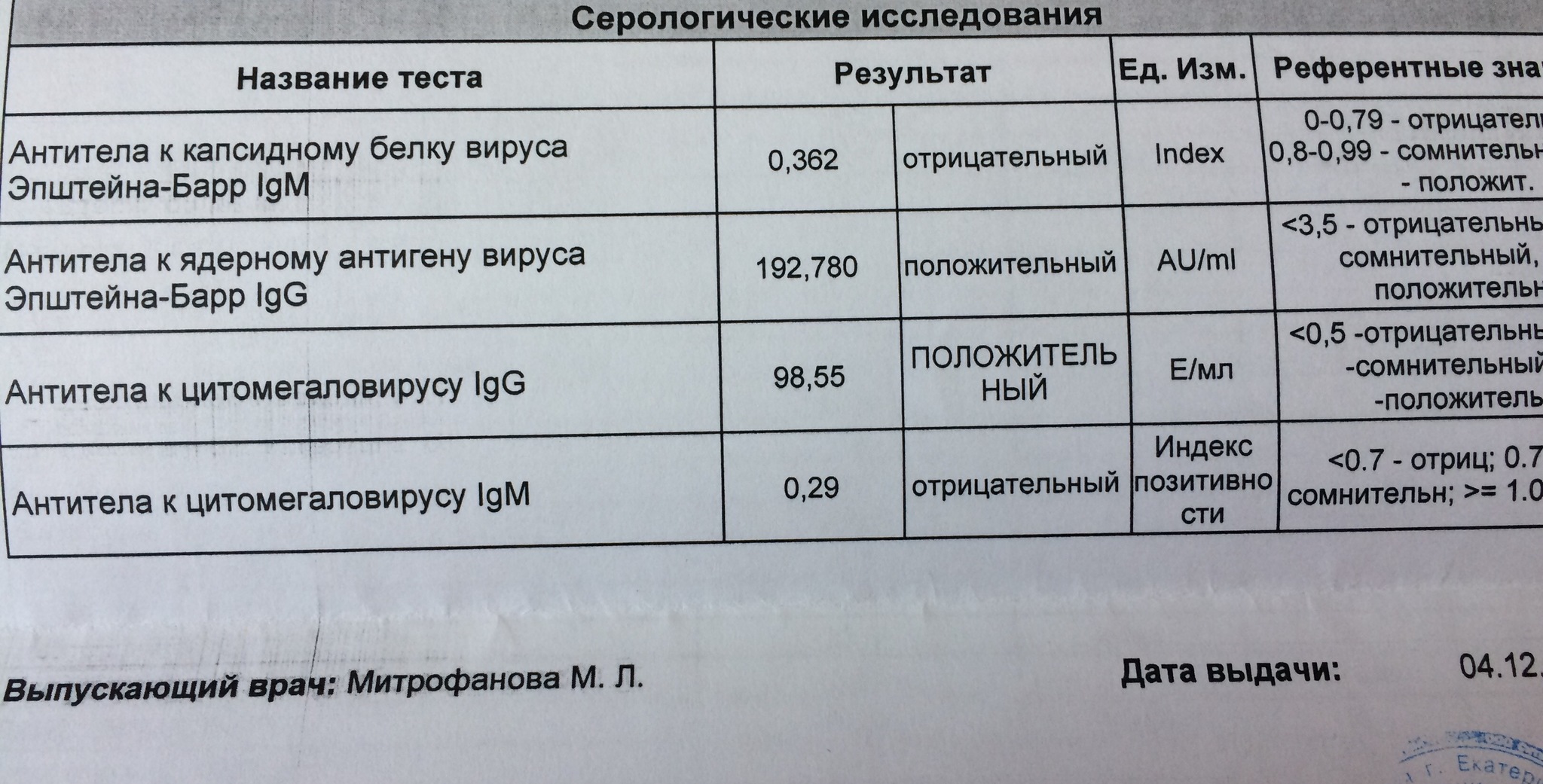 In the blood of the fetus and the newborn, maternal IgG predominates.
In the blood of the fetus and the newborn, maternal IgG predominates.
IgG play a major role in providing long-term humoral immunity in infectious diseases. These are the main antibodies of the human secondary immune response to most foreign antigens. Activated antigen-specific B cells during the development of the immune response are able to switch from the production of class M immunoglobulins to the production of immunoglobulins of other classes (IgG, IgA), which is the mechanism for changing the isotype of antibodies in response to exposure to antigens and the basis of the secondary immune response. In this case, there is an increase in the avidity (affinity) of antibodies to the antigen that stimulated their production.
Under what conditions does the level of class G immunoglobulins change
The synthesis of class G immunoglobulins and their concentration in blood serum increase in chronic or recurrent infections and autoimmune diseases. IgGs are involved in the neutralization of bacterial toxins, they are able to bind complement, can act as opsonins, are involved in the stimulation of phagocytosis and in antibody-dependent cell-mediated cytotoxicity.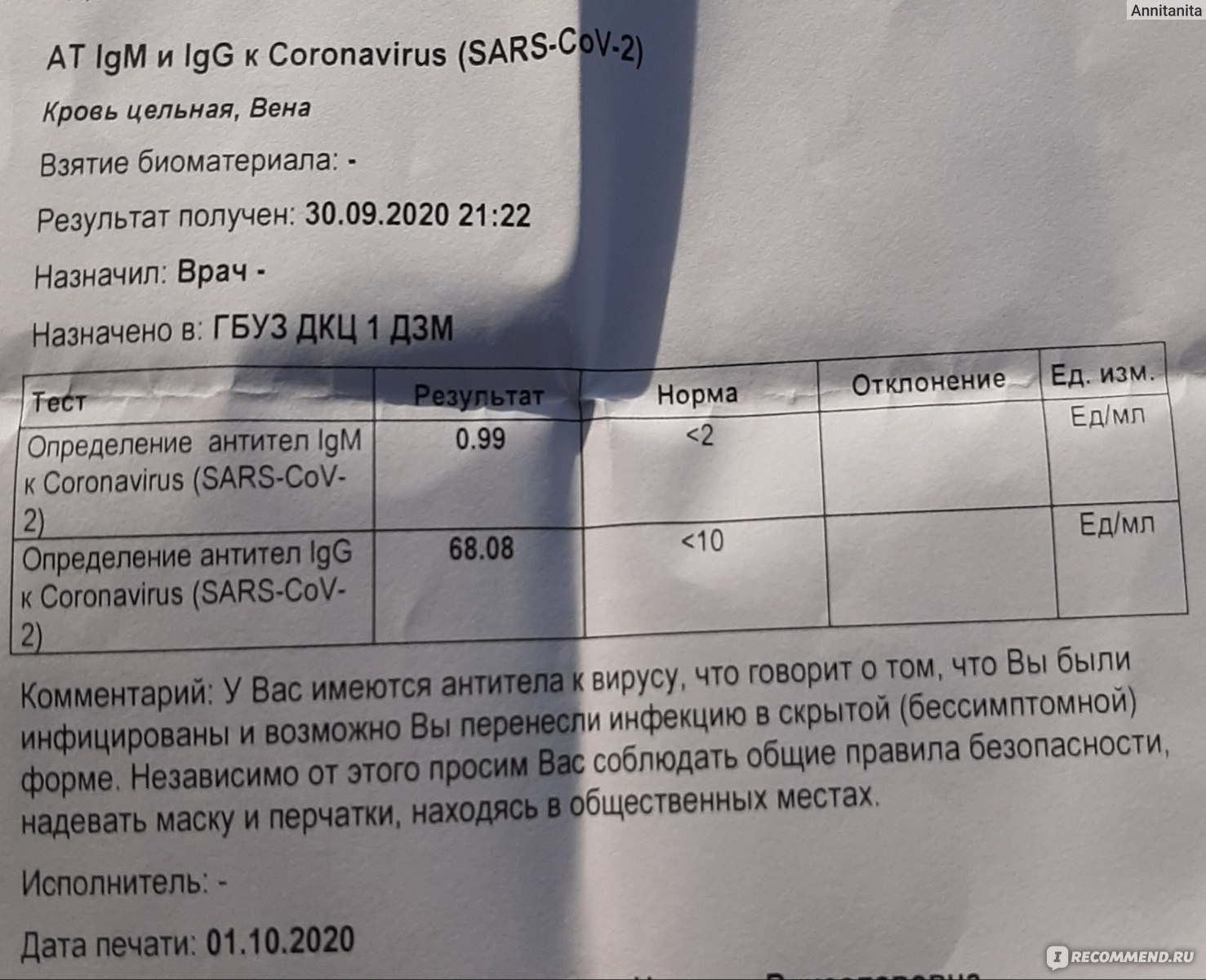 Deficiency of IgG weakens resistance to infections.
Deficiency of IgG weakens resistance to infections.
Many of the clinically significant autoantibodies found in autoimmune diseases belong to this class of immunoglobulins.
IgG is the most common type of paraprotein found in multiple myeloma (electrophoresis with immunofixation is used to confirm the monoclonal nature of IgG – see tests nos. 4050, 4051.
IgG M-protein level above 40 g/l may be accompanied by hyperviscosity syndrome.
What is the purpose of class G immunoglobulins (IgG) determination in blood serum
For recurrent (non-acute) infectious diseases, immunodeficiency conditions, autoimmune pathologies, blood diseases and neoplasms.
Detection of IgG antibodies to the S protein of the coronavirus SARS-CoV-2 (COVID-19)
Code: 09.1928
Price: 850 rubles
Description
Semi quantitative assessment of IgG class antibodies to the spike (S) protein of the pathogen of the new coronavirus infection allows us to judge the presence of post-vaccination immunity to COVID-19. You can track the dynamics of antibody levels and assess how the resistance of the immune response to COVID-19 changes over time. Sputnik V is a two-component vaccine against COVID-19 containing the gene for the S-protein of the coronavirus against which antibodies are produced. It is advisable to evaluate post-vaccination immunity no earlier than 21 days after the introduction of the second component of the vaccine.
You can track the dynamics of antibody levels and assess how the resistance of the immune response to COVID-19 changes over time. Sputnik V is a two-component vaccine against COVID-19 containing the gene for the S-protein of the coronavirus against which antibodies are produced. It is advisable to evaluate post-vaccination immunity no earlier than 21 days after the introduction of the second component of the vaccine.
General information about the test
This test allows you to determine the concentration in the blood of IgG antibodies to the spike (S) protein of the coronavirus COVID-19.
Coronavirus consists of 4 structural proteins: S-protein (spike), N-protein, or nucleocapsid protein, M – membrane protein and E – shell protein. On the surface of the coronavirus are protrusions that resemble spikes or a crown, which gave the name to this group of viruses. The protrusions are protein molecules of protein S, with their help the virus enters the cell.
From the moment the virus enters the body, immunoglobulins, or antibodies, begin to be produced that recognize and bind foreign antigens. IgM antibodies are the first to be produced, they serve as a marker of the early stage of the disease or the acute period. IgG antibodies are gradually produced after 2-3 weeks from the onset of the disease and circulate in the bloodstream. After an infection, IgG antibodies to the nucleocapsid protein (N) are formed. Antibodies to the S-protein are formed both after an illness and after vaccination.
IgM antibodies are the first to be produced, they serve as a marker of the early stage of the disease or the acute period. IgG antibodies are gradually produced after 2-3 weeks from the onset of the disease and circulate in the bloodstream. After an infection, IgG antibodies to the nucleocapsid protein (N) are formed. Antibodies to the S-protein are formed both after an illness and after vaccination.
“Sputnik V” is a Russian-made two-vector vaccine against a new coronavirus infection COVID-19. A vector is a virus that is unable to reproduce in the human body and does not cause disease; it is used to transport the genetic material of the coronavirus into the cell. The vector with the gene encoding the spike protein of the coronavirus enters the cells, which triggers the production of the S-protein. In response, immune cells begin to synthesize IgG antibodies to the spike protein antigen. If the body encounters the COVID-19 coronavirus in the future, then the blood of a vaccinated person will already contain antibodies, thus providing immunity against the coronavirus COVID-19. After vaccination with Sputnik V, the immune response is formed after two intramuscular applications with an interval of 21 days.
After vaccination with Sputnik V, the immune response is formed after two intramuscular applications with an interval of 21 days.
Quantitative study allows not only to assess the presence or absence of antibodies to the SARS-CoV-2 S-protein, but also to determine their level, which makes it possible to assess the strength of immunity and the dynamics of antibody growth.
Preparation
- Do not eat for 2-3 hours before the examination, you can drink pure non-carbonated water.
- Do not smoke for 30 minutes before the test.
Indications
- After vaccination against COVID-19 with the Sputnik V vaccine.
- After experiencing COVID-19.
Interpretation of results
Reference values
Negative result: 0 – 12 IU/ml.
If no IgG antibodies to coronavirus are detected in the blood, there is no immunity to the virus. The reason may be:
- lack of contact with coronavirus infection;
- period of early infection;
- insufficient period after infection or vaccination, during which antibodies did not have time to develop;
- no immune response to vaccination.


